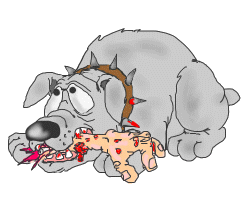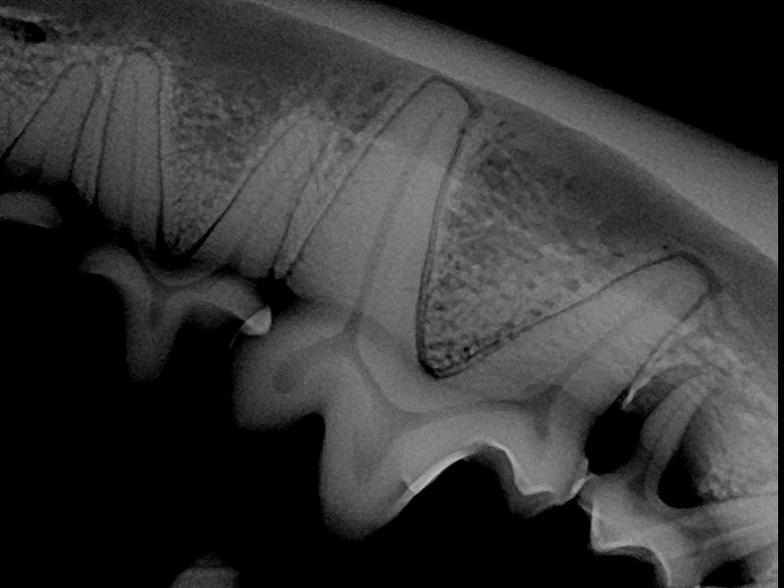Stuart Animal Hospital
Call us: 772-287-2242
stuartanimalhosp@bellsouth .net
WHY DO MY PET'S DENTAL CLEANINGS COST SO MUCH?
Complete Dental Prophy
We have recommended a complete dental prophy for your pet. This procedure in pets is very similar to what people undergo except that we must place them under anesthesia. It is not possible to perform a complete oral examination and cleaning on an awake dog.
This is the procedure for a complete dental prophy:
1.A thorough examination of the oral cavity is performed. We look for anything unusual on the gums, lips, teeth and throat.
2.Dental x-rays are taken.
3.The gross tarter is removed with calculus removal forceps.
4.An ultrasonic scaler is used to remove tarter above the gum line that was not removed with the forceps.
5.A periodontal probe is used to determine if there are any areas where pockets have developed.
6.Each tooth is hand scaled to remove tarter below the gum line. This is one of the most important steps. It is the plaque and tarter that is below the gum lime that causes periodontal disease.
7.All information is recorded in the patients chart.
8.All teeth are polished. This step smoothes out the microscopic rough areas caused by the ultrasonic scaler and hand scaling.
9.Fluoride foam is applied to all teeth. The fluoride helps decrease tooth sensitivity and is anti-plaque.
10.The entire mouth is rinsed with a chlorhexiderm solution to remove debris
Why do we have to use anesthesia?
It is not possible to evaluate the areas below the gum line or on the tongue side of the mouth without anesthesia. In addition, the teeth cannot be polished on an awake dog. If the rough areas created by the cleaning are not smoothed out they will form a great place for plaque bacteria to reattach.
Why do we perform dental x-rays?
Dental x-rays are necessary to determine the extent of periodontal disease. They help us to determine if missing teeth are really missing. If they are not missing there can be any number of other problems: they may be embedded in the jaw where they can cause cysts or cancer or root tips may be left behind causing infection and pain. Dental x-rays can detect cancer, root tip abscesses, bone loss, resorptive lesions or caries.




